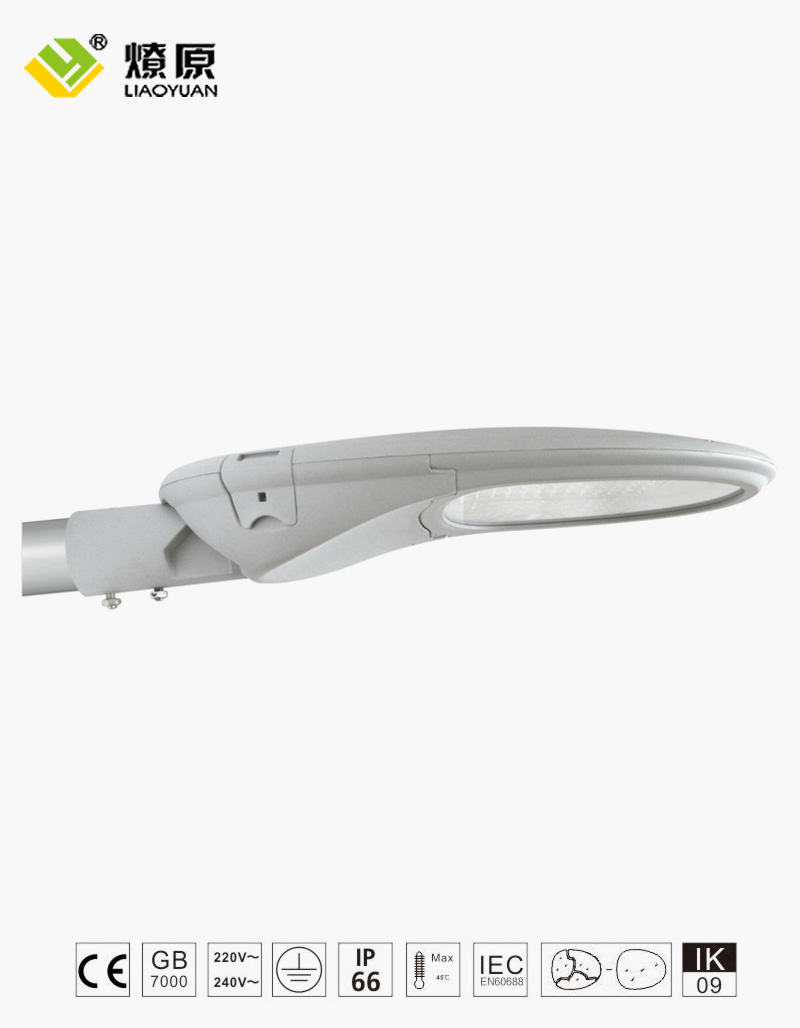Summary:When you want to install an Outdoor Light, there are some considerations you should make. First, you must understand what kind of lighting y...
When you want to install an Outdoor Light, there are some considerations you should make. First, you must understand what kind of lighting you want. There are several types of exterior lights, each with a different function. There are also special varieties that serve specific purposes, including coastal lighting, dark sky lighting, and solar powered lights. Listed below are some tips for choosing the right lights. The right lighting fixture is essential to add ambiance to any area.
Consider the style of your home and your neighborhood. For example, European outdoor lighting may use fancy scroll work and fluid details. It may be French, Italian, or Spanish. It may match an ornate outdoor shape. Alternatively, you may choose a mission-style light, which utilizes classic finishes and horizontal and vertical lines. These styles are suitable for both contemporary and older styled homes. Moreover, modern and contemporary outdoor lights can match both traditional and modern styles.
Make sure to select wet and damp-rated fixtures for outdoor lighting. Also, you must check local codes. Some lighting options may be subject to regulations. Also, you should choose those that meet Dark Sky compliance requirements, which requires that they be directed downward. This way, light pollution into the night sky will be lessened. For these purposes, outdoor lighting is a must-have. If you do not want to invest a lot of money, consider buying a single outdoor light, such as an LED floodlight.
Another type of outdoor light is the post lantern. These lanterns can be mounted on a wall or fence. Even though outdoor lighting fixtures don't need a lamp post, they still need a light bulb to function. Typically, outdoor lighting fixtures feature a screw-in socket and accept standard-base bulbs, compact fluorescent bulbs, and modern LED screw-in bulbs. If you have a small space, you may also want to consider a full spectrum light bulb. This will produce a whiter, more natural light.
You can also choose low-voltage outdoor lights. These are typically 12 to 15-volts and require a transformer to convert a 120-volt house current to the 12 volts needed for a new LED bulb. Low-voltage fixtures may be difficult to install, but most will work. For wall-mounted fixtures, you can use an LED bulb with a short wiring cable. When choosing outdoor lighting, remember that the best choice for you is the one that suits your needs.
The type of Outdoor Light you choose should be in accordance with your needs and the color of your home. When choosing a color temperature, consider whether you want warm or cool lighting. A warm light temperature is more appropriate for accent lighting on statues or other stonework. A cooler-colored light is better for highlighting a secluded area. You can also choose between two color temperatures for your garden and patio. Lastly, consider whether you want to use bright or soft white lighting for task or security purposes.
If you'd like to illuminate the inside of a structure, consider installing a wall-mounted outdoor lighting fixture. These fixtures are low-voltage and moderately bright and are useful for lighting recessed areas. Wall-mounted outdoor lighting fixtures can be installed along an interior pergola, above stairs, around sunken seating areas, and on a patio. The latter type is especially useful in areas where there is low-level foot traffic, such as a front porch.


